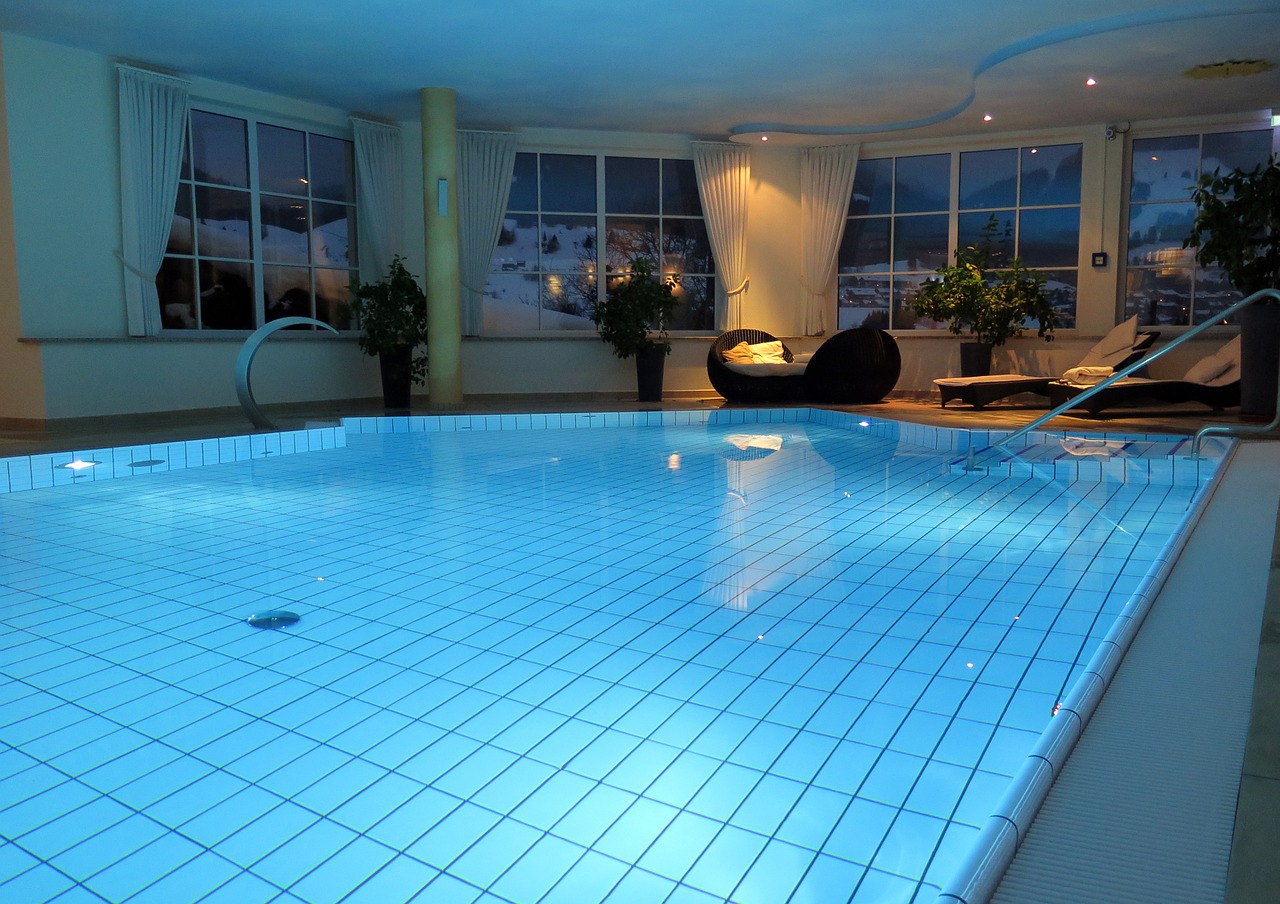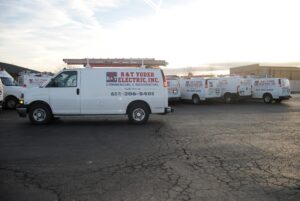
A sparkling, inviting pool isn’t just about crystal-clear water or stylish tile work. Behind the serene surface lies an intricate electrical ecosystem powering pumps, heaters, lights, and automated cleaning systems. However, like any complex system, pool electrical setups are prone to malfunctions.
When pool electrical issues arise, the effects can range from mildly annoying to downright hazardous. A malfunctioning pump disrupts circulation, leading to murky water, while a faulty lighting system can pose serious shock risks. Understanding common pool electrical repairs and their solutions empowers homeowners to recognize warning signs early—and to know when to call in a professional.
Why Pool Electrical Systems Require Special Attention
Water and electricity are a dangerous combination. Pool electrical systems must adhere to stringent safety standards to prevent shocks, fires, and equipment damage. Unlike standard household wiring, pool circuits contend with constant exposure to moisture, temperature fluctuations, and heavy usage.
🔍 Key Differences from Household Electrical Systems:
- Moisture Exposure: Pool equipment operates in humid, splash-prone environments.
- High Power Demand: Pumps, heaters, and filtration systems require dedicated circuits.
- Safety Protocols: GFCI protection, proper grounding, and bonding are non-negotiable.
1. Malfunctioning Pool Pump Motor
The pool pump is the heart of the pool’s circulation system. It ensures water continuously flows through filters, heaters, and chlorinators. When the pump motor fails, water stagnates, allowing algae and debris to accumulate.
Common Causes:
- Overheating: Prolonged operation can cause motor windings to burn out.
- Moisture Ingress: Water infiltration damages electrical components.
- Capacitor Failure: A blown capacitor prevents the motor from starting.
Repair Solutions:
- Capacitor Replacement: A professional can swap a faulty capacitor in under an hour.
- Motor Drying and Sealing: Technicians dry moisture-affected motors and apply waterproof sealants.
- Wiring Inspection: Loose connections are tightened, and damaged wires replaced.
Pro Tip:
If your pump hums but doesn’t start, the capacitor is likely the culprit.
2. Pool Light Malfunctions
Underwater lighting adds ambiance and enhances safety during nighttime swims. However, water, vibrations, and age can cause pool lights to malfunction.
Common Causes:
- Burned-Out Bulbs: Frequent use shortens bulb lifespan.
- Water Infiltration: Compromised seals allow moisture into the fixture.
- Corroded Wiring: Saltwater pools accelerate corrosion.
Repair Solutions:
- Replace Burned-Out Bulbs: Use waterproof, LED-compatible bulbs for longevity.
- Reseal Fixtures: Replace gaskets and apply silicone sealant to prevent leaks.
- Wiring Replacement: Corroded wires must be replaced and sealed with waterproof connectors.
Safety Reminder:
Pool lights require GFCI protection to prevent shock hazards.
3. Heater Electrical Failures
Pool heaters rely on electrical components to regulate water temperature. A heater failure can render even the most inviting pool uncomfortably cold.
Common Causes:
- Thermostat Malfunction: Inaccurate temperature readings prevent proper heating.
- Corroded Heating Elements: Minerals from pool water degrade heating components.
- Wiring Issues: Loose or damaged wires disrupt heater operation.
Repair Solutions:
- Thermostat Calibration: Technicians recalibrate or replace faulty thermostats.
- Element Replacement: Corroded heating elements are swapped with corrosion-resistant alternatives.
- Wiring Repair: Damaged wires are replaced and secured to withstand moisture exposure.
Pro Insight:
Install a pool cover to reduce heater workload and extend component lifespan.
4. Tripping Circuit Breakers
Pool equipment requires substantial power, especially when multiple systems operate simultaneously. Persistent breaker trips signal underlying electrical issues.
Common Causes:
- Overloaded Circuits: Excessive equipment connected to a single circuit.
- Ground Faults: Moisture-induced ground faults trigger GFCI breakers.
- Aging Equipment: Deteriorating motors or heaters cause erratic current flow.
Repair Solutions:
- Circuit Redistribution: Reallocate devices to different circuits to balance the load.
- Ground Fault Identification: Technicians use specialized tools to locate and address moisture ingress.
- Breaker Replacement: Old or defective breakers are replaced with modern, code-compliant models.
Warning:
Never ignore repeatedly tripping breakers. They often indicate potentially hazardous conditions.
5. Automation System Glitches
Modern pools often feature automation systems that manage lighting, filtration, heating, and even chemical balance. When these systems malfunction, convenience turns into confusion.
Common Causes:
- Software Bugs: Outdated firmware disrupts communication.
- Sensor Failures: Faulty sensors provide inaccurate data.
- Wiring Issues: Damaged cables impede signal transmission.
Repair Solutions:
- Software Updates: Update automation software to the latest version.
- Sensor Replacement: Malfunctioning sensors are tested and replaced as needed.
- Wiring Check: Corroded or damaged wiring is repaired or replaced.
Tip:
Ensure automation hubs are kept dry and protected from direct sunlight.
The Pool Electrical Repair Process: What to Expect
Understanding the repair process helps homeowners stay informed and proactive. Here’s a typical breakdown:
1. Initial Inspection
- Examine all pool-related electrical components.
- Test circuits, outlets, and GFCI devices for proper operation.
2. Safety Shutoff
- Turn off power to the pool’s electrical systems.
- Use lockout/tagout procedures to prevent accidental activation.
3. Diagnostics
- Use multimeters and thermal cameras to detect faulty connections.
- Identify areas with excessive moisture or corrosion.
4. Repairs and Replacements
- Replace damaged components with moisture-resistant alternatives.
- Rewire circuits if required to meet increased power demands.
5. Testing and Verification
- Restore power and test all equipment under load conditions.
- Conduct GFCI tests to verify proper shock protection.
Final Step:
Document repairs for future reference and maintenance planning.
Preventative Measures to Minimize Pool Electrical Repairs
Proactive maintenance minimizes repair frequency, extends equipment lifespan, and ensures year-round pool enjoyment.
Practical Tips:
- Schedule Annual Inspections:
Hire professionals to check wiring integrity and equipment functionality. - Test GFCIs Regularly:
Press the “Test” and “Reset” buttons monthly. - Protect Electrical Components:
Use weatherproof covers for outdoor outlets and panels. - Monitor Equipment Sounds:
Unusual buzzing or grinding often signals motor or wiring issues. - Maintain Proper Water Chemistry:
Balanced water chemistry reduces corrosion in electrical fixtures.
Understanding Electrical Safety Regulations for Pools
Electrical safety around pools is governed by the NEC, which mandates protective measures for all pool-related circuits.
Key Requirements:
- GFCI Protection: Mandatory for pumps, heaters, lights, and outdoor outlets.
- Bonding and Grounding: All metallic pool components must be bonded to prevent stray voltage.
- Minimum Distances: Electrical outlets must be at least five feet from the water’s edge.
Fact:
Bonding ensures all metal objects have the same electrical potential, reducing shock risks.
The Dangers of DIY Pool Electrical Repairs
Electrical repairs might tempt the DIY enthusiast, but pools introduce variables that make professional expertise essential.
Risks of DIY Repairs:
- Electric Shock: Water amplifies shock risks exponentially.
- Code Violations: Incorrect installations may fail inspections.
- Equipment Damage: Inaccurate wiring can destroy expensive pool systems.
Stat:
The Consumer Product Safety Commission (CPSC) reports pool-related electrocutions cause multiple fatalities annually—often due to improper wiring.
When to Call a Professional
Certain symptoms require immediate professional intervention to avoid severe consequences:
- Repeated circuit breaker tripping
- Burning smells near pool equipment
- Pool lights flickering or failing unexpectedly
- Unusual noises from pumps or heaters
- Water infiltration in electrical boxes
FAQ Section
1. Why does my pool pump keep tripping the breaker?
It often indicates overloaded circuits, ground faults, or a failing motor capacitor. A professional can diagnose the exact cause.
2. Can water damage pool electrical systems?
Yes. Water infiltration corrodes wires, damages insulation, and increases the risk of ground faults. Waterproof seals and enclosures help mitigate this risk.
3. How often should I have my pool’s electrical system inspected?
Annual inspections are recommended, with additional checks after severe weather events.
4. Are pool lights dangerous if not properly installed?
Absolutely. Improperly installed or unsealed lights can expose swimmers to electrical shocks. GFCI protection is essential for safety.
5. Can I replace a pool light bulb myself?
Yes, but ensure the circuit is powered off and the fixture is dry. For leaks or corrosion, contact a professional.
Your pool should be a haven of relaxation and fun—not a source of electrical uncertainty. Malfunctioning pumps, flickering lights, or tripping breakers indicate issues that need immediate attention.
Our certified electricians specialize in diagnosing, repairing, and upgrading pool electrical systems. From routine maintenance to complex rewiring projects, we ensure safe, efficient, and code-compliant operation.







